Physical Activity Project Intervention in Alignment with UK Government Policies
- 24 Pages
- Published On: 23-11-2023
Introduction
The UK government policies and regulations on health and wellness recommend that various organizations and agencies should participate or contribute to the health and wellness of the population through sports and other physical activities. This essay describes a 6-8-week physical activity project intervention that seeks to identify and critically reflect on specific activities that are likely to increase people’s engagement in physical exercise, focusing on healthcare dissertation help. The write up will be organized in sections. After setting up a background of the project, the next section of the write up will identify the potential key partners of the project – developing a partnership deed to indicate their agreement (Appendix 1) to engage in the project, the contributions they will make towards the project and the specific benefits they expect to draw from the project. Next, the write up will examine the policy alignments and key performance indicators (KPIs) of the project before identifying the potential risks to the project and critically evaluate measures taken to minimize those risks. The final section will entail monitoring and evaluation of the proposed project.
Theoretical Background
England’s love for sports is undoubtable. The increasing number of people who play, watch or cheer sporting activities in the country is a clear indication that England is a truly sporting nation. That aside, the county, from time to time, hosts several sporting events hosted in the UK – including the Olympic and Paralympic games. Consequently, several gains have been made in the participation of various underrepresented groups (e.g. women, minority ethnic groups and the disabled) in various sports activities, with data from Sporting Future indicating that an extra half a million people have engaged in spotting activities since 2010.

The government has also engaged in activities aimed at increasing the number of people participating in physical activities for the purpose of improving their health and well-being. Ideally, the strategy has been to get as much people as possible participating in sports and physical activities – leading to a physically active nation. Moreover, efforts have been, made to redefine what success looks like regarding sports and physical activity participation among the public, with key areas of focus being: individual well-being, mental well-being, physical wellbeing, economic development, community and social development.
However, a deeper evaluation of sporting activities within the country reveal that there are some groups of the population whose participation in sports and physical activity is below average – including the older population, those in lower socio-economic class, the disabled, girls and women. The main aim of the proposed project is to enable and increase these groups’ participation in sporting activities. The idea is to partner with other organizations such as Sports England to help address the issue of sports and physical activity under participation among these groups. The project will harness funds and other resources to support its initiative, with specific achievements measured against specific goals. That said, the main aim of the project is to increase the number of people from these groups participating in sports. While success will not be achieved overnight, the project aims to showcase that sports is for everyone by involving the underrepresented population into sporting activities.
Specifically, the project targets the population of people over the age of 55 years. The objective is to improve the health and well-being of this population by engaging them in sports and physical activity at least twice a month. Thus, the key performance indicator will be to increase the number of people from this group participating in physical activity. This KPI corroborates with that Sports England, placing Sports England a good strategic partner from the project. Nonetheless, the project will operate for six weeks and will majorly be implemented in Shortown, England.
One of the greatest challenges for the project will be the COVID-19 restrictions imposed on public gatherings. However, this challenge presents an opportunity to implement the project because most people do not participate in physical activity at the expense of staying at home in respect of COVID-19 restrictions. Therefore, the project’s aim is to help people stay active during this time of the pandemic, despite the difficult balance of encouraging people to be physically active without spreading the virus. These challenges are further compounded by the government’s directive that people should maintain social distance, the ban of public gatherings of more than six people, and the directive that teams should only resume their sporting activities after developing an approved action plan on how they will prevent the spread of the virus.
Identification of Partners
Being a project that targets a large population within a social context, the project will rely on various partners and stakeholders to fulfil its objectives. Working with partners will help the project take advantage of their strengths, share experiences and ideas. Furthermore, through partnership, it will be possible to identify more opportunities and avenues of serving more audiences. The project will also rely on the national sports governing bodies for resources that will help achieve the project objectives. Having realised the existence of a shared objective of expanding and increasing people’s participation in sports and physical activities, it will be easier to collaborate with the sports bodies and achieve this objective through pulled resources.
More importantly, because the project aims to take a local approach, there is need to partner with the local authorities and Councils. Partnering with the local councils will help bring in other partners from the health and private sectors together – unlicking barriers and support the local sports delivery system. Therefore, local authorities will play a crucial role in the success of the project. Because the project will be implemented in Shortstown, there are various local partners that will be drawn in to participate. For instance, the project will seek the participation of Agate House, a nursing home at Amptill that works with Leonard Cheshire organization to promote health and well-being in the United Kingdom. Because the organization supports disabled people, its partnership will help eliminate the physical and mental health barriers to sports participation.
Take a deeper dive into UK-Iran Academic Collaboration with our additional resources.
Moreover, Agate Houses will be expected to contribute nurses responsible for first aid tools and activities during the sports sessions. Other equipment expected to be provided by the nursing home include ropes, mats, cones and balls. Lastly, the care home will provide COVID-19 prevention materials such as facemasks and hand sanitizers – for use during the pandemic times. The COVID-19 prevention materials are especially important because the project will attract less people if COVID-19 safety measures are not taken. Furthermore, it will be difficult to get the authorities’ permission to implement the project without establishing effective COVID-19 prevention measures. Nonetheless, the other partnership will be with Tesco Express, a retail chain in New Cardington that will help with refreshment supplies. The project manager will seek an engagement with Tesco’s manager to support the activities by providing fruits and drinks to keep the participants going. In return, Tesco will have branding and advertising opportunities during the sporting activities.
Meanwhile, the student that proposed this project will be responsible for marketing and promoting the project to both the audience and potential partners. Key to marketing and promotion initiative will be to share the project’s objectives to key stakeholders and potential partners, as well as sharing the necessary data to help fulfil their pledges. As the team leader, the student will bear many responsibilities including being a working member, the coach listener and a team leader. The project manager will also be responsible for organizing session meetings with other team members, monitoring and evaluating the project milestones against the KPIs. Nonetheless, because the project manager bears the responsibility of working with everyone else involve din the project, he is responsible for their safety.
It is also important to note the University of Bedfordshire’s role as a partner in the project. The University will provide knowledge resources for planning and implementing the project. It will act as the centre for research and collaboration to facilitate the scientific approach to the project. Besides, Dr Helen Ives from the University of Bedfordshire will be the authority responsible for issuing permission for the project implementation, as well as the authority responsible for insurance.
Policy alignments and KPIs
Since its inception, Sporting Future has been a policy- enabled initiative whose main responsibility is to maximize the success of both domestic and international sporting activities as well as the impact of major sporting events. It exists to support a more responsible, productive and sustainable sporting sector in the UK (Sporting Future, 2018). This makes it a good partner in the project as the achievement of project aims will also help it achieve its missions. On the other hand, University of Bedfordshire’s policy on sports and physical activity is to support a more physically active local community by creating opportunity for more volunteers, spectators and participants to engage in sports and physical activity – especially in top five sporting activities including golf, football, swimming, cycling and running (Sporting Future, 2018). Some of the university’s target areas are on workforce strategies and sport leadership schemes, developing employment within the sporting sectors – al which were key recommendations of the sport workforce people survey.
Risk and Health Safety
One of the most significant objectives of Sports England is to prevent early drop out of sport activities among the English population. Consequently, it recently replaced the active people survey with the active lives survey to provide new systems of measurements. Consequently, there needs to be a united effort towards reducing various risk factors posing a threat to the project, including the risk of participants prematurely dropping out of the program. Oher risks that pose a threat to the project include poor management, match fixing and corruption.
Considering that every sporting activity must be safe for everyone, a deeper evaluation of the nation’s sporting activities might reveal areas within the sports sector that need special intervention. Therefore, the project will include a risk register (appendix 2) to help identify some of the potential risks to the project and identify the possible solutions to mitigating those risks. This will ensure that the project meets its targets.
That said, there are several risk mitigations measures that will be taken before, during and after each session. For instance, the pitch will be checked for any objects that might injure the vulnerable adult participants. Apart from that, various risk mitigation measures for COVID-19 spread will be taken. COVID-19 has led to a sharp decline in the number of adults participating in sports and physical activities. In fact, statistical data indicate that there was an increasing trend of number of men and women participating in sports, until the beginning of the pandemic when that number declined significantly between March and May 2020.
Statistics indicate that only 25% and 26% of men and women were physically inactive respectively. This rising level of physical inactivity is largely attributable to COVID-19 pandemic, which hindered many organizations from actively assisting the population to be physically active. All forms of sports were put on hold in response to the COVID-19 pandemic. However, through an elaborate teamwork and collaboration, it is possible to engage the target audience in physical activity while maintaining their health and safety. The project holds with high regards the health and safety of the participants because otherwise it would be a ‘death trap’ to the participants.
The project team will ensure that the participants maintain social distance to reduce the risk of infection. Furthermore, because the older adults are at a high risk of physical injuries such as hamstring pull out, the team will develop an elaborate means of recording and reporting injuries for further investigations and treatment. Furthermore, a health team will be available at every session to provide first aid care in case of any injuries.

The Project
The exercise sessions will be delivered at the Shortstown football pitch. Key to the exercise will be to deliver physical activity experience and knowledge among the participants that they might also use in future. All the sessions will be adapted to COVID-19 guidelines, including warm clothes, keeping at least 1.5 meters distance apart from each other and taking warm drinks in between sessions. As earlier mentioned, the targeted population (55-years of age and above) are known to be of low socio-economic. However, research also indicate that people’s level of physical activity declines as they get older, meaning that they need more motivation and guidance to engage in physical activity. This justifies the proposed project.
Meanwhile, the project team will explore different avenues for advertising and publicising the project to gain as many participants as possible. For instance, the team will place Facebook ads and posters to advertise the program. All the planned activities will take place during November and December and all adults within the Shortstown locally will be welcomed to participate. Through social media advertising, it is expected that the local community will get to know about the project and invite their elderly family and friends to participate.
Each training session will consist of different important physical tasks that are slow and fun. Each session will be 30-minute-long, with warm up and cool-down sessions. The warmup and cooldown sessions will assist in preparing the participants for the next sessions. In between the session, there will be 30 seconds rest time. More importantly, the exercise sessions will entail both male and female participants, and at no time will there be separate sessions for each gender. This will ensure a maximum use of time and resources.
The events will occur from 10 am to 2pm on Sundays and 1 pm-2pm on weekdays. Before every session, all participants will register and have a temperature check (for COVID-19) before undergoing other physical safety checks using a health and safety checklist (Appendix 3). The trainer will then brief them on the activities of the day. The following structure will be followed for the circuit training session:
- Star jumps
- Squats
- Sit ups
- Easy press ups
- Jog on the spot
- Head, shoulder, knees and toes game practice
Monitoring and Evaluation
The project team will be engaged in a regular monitoring and evaluation of the project’s strengths, weaknesses, opportunities and threats (i.e. SWOT analysis). For example, the SWOT analysis will help identify any issues with competence or continuity of the project. Furthermore, the monitoring and evaluation will focus on the group’s physical capabilities and weaknesses, including their health conditions and their ability to continue with the sessions. More importantly, COVID-19 will form a significant focus of the monitoring and evaluation process, with regular tests conducted to ensure the group is COVID-19 free.
The other element of monitoring and evaluation will be the collection of gender data information to identify any gender differentials in physical activity participation, data on any personal relationship issues between the participants and the coach, as well as data on any issues causing absenteeism. These pieces of information will help make decisions and evaluate the projects’ return on investment with respect to its impact on participants’ health and well-being.
In conclusion the project will be delivered with consistency to maximise positive outcomes. The project team, in partnership with other organizations such as University of Bedfordshire and Sporting future will employ their expertise and resources to ensure that the participants get the best out of the project. Upon completion, the project shall have promoted the health and wellbeing of participants by reducing their risk of exposure to cardiovascular disease and obesity, as well as enhancing their bone health.
Personal Reflection
Whereas the proposed project seems to be effective in all its facets, key to its successful implementation will be to maintain a journal of all the activities and ensuring they are done to completion. However, one of the most significant challenges was to identify the target population as well as the partners who will facilitate a successful completion of the project. That said, one of the expected challenges is dealing with resistance to change among the participants, most of whom will find it difficult to change their routines and incorporate physical activity as part of their daily lives.
Take a deeper dive into Philosophy of religion with our additional resources.
References
Sporting Future (2018) Second Annual Report, HM Government.



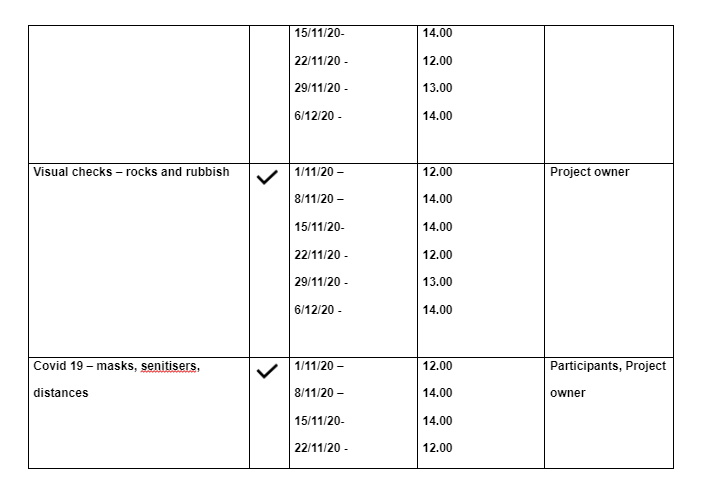
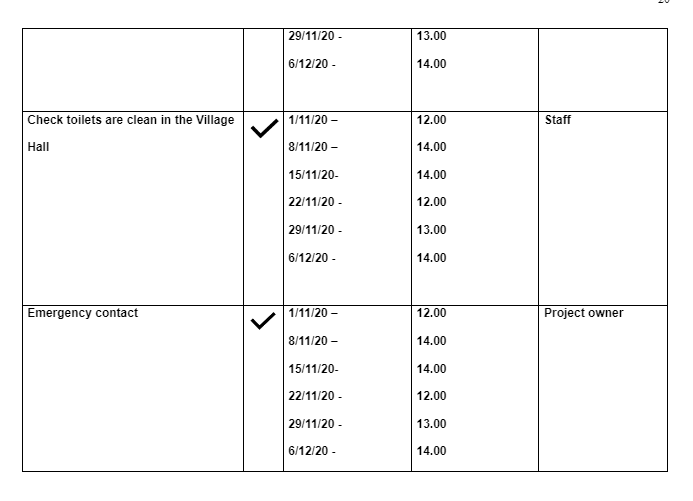
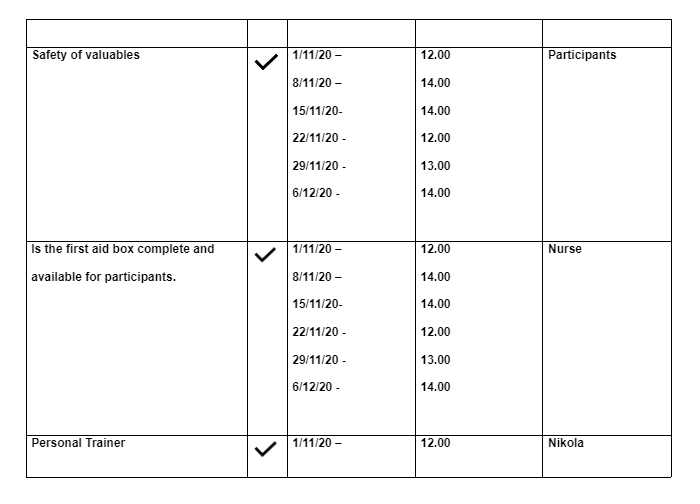
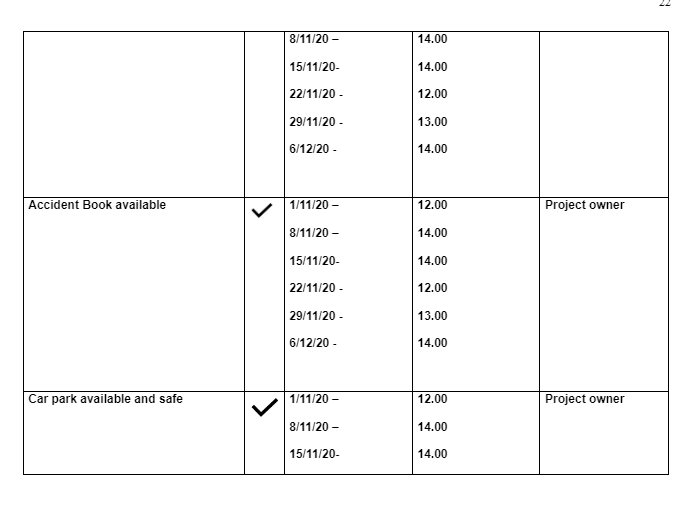

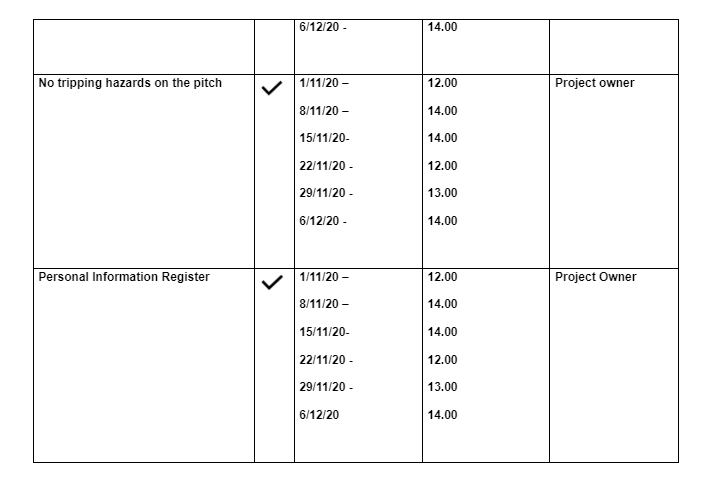
- 24/7 Customer Support
- 100% Customer Satisfaction
- No Privacy Violation
- Quick Services
- Subject Experts



